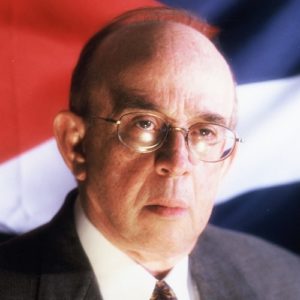On August 28, 1897, a large force of over 1,200 officers and soldiers under the command of General Calixto García, laid siege to the heavily fortified city of Las Tunas in Oriente province. General García gathered veteran forces from most of the military regiments in Oriente, as far as Baracoa, Guantanamo and Santiago de Cuba.
Led by prestigious officers, including Generals Jesús Sablón (Rabi), Mario García Menocal, Miguel Betancourt, Javier de la Vega, Armando de la Riva and Colonels Calixto García Velez (son of General García), Ángel de la Guardia (was by José Martí side in Dos Ríos and died heroically in LasTunas), Calixto Enamorado, the artillery expert from the U.S. Fredrick Funston, Francisco de Paula Valiente and Adriano Galano, who came with forces from Baracoa.
In Las Tunas, Calixto García displayed his outstanding strategic talent and the best used of artillery by the Cuban forces.
The city was protected by several forts, garrisoning 800 regular Spanish army soldiers and 200 volunteers with two pieces of artillery. The siege began at dawn with a barrage from the rebels, led by Gen. Mario García Menocal, future third president of the Republic. Once their artillery demolished the forts, the rebels charged the Spanish trenches and the center of town. After two days of heavy fighting, the Spanish commander surrendered. The rebels seized 1,200 rifles and more than one million rounds of ammunition. It was the first time that the Cubans had captured a mayor urban center. García’s victory in Las Tunas caused a commotion in Spain and was terrible news for General Valeriano Weyler’s apologists.
In Madrid, the moderate press and politicians renewed their criticism of Weyler in Cuba. On September 11, the Heraldo de Madrid published an editorial: “Without the effort of the government to hide the truth…lying with news of victories and pacification of their exclusive fabrication, the loss of Victoria de las Tunas would not have hit the public spirit with such a deep impression…The people had been able to measure the magnitude of the farce to which it had been exposed. To attain such a poor result, has Spain sent 200,000 soldiers and thousands of millions of pesetas.”
The new Práxedes Mateo Sagasta’s government was quick to address the issue of a political formula of appeasement. On October 4, Sagasta told Pulitzer’s World, “We shall reverse completely the policy of the last two years in Cuba, beginning, naturally, with the recall of Weyler… The Liberal party is prepared to grant to Cuba all possible self-government.”
Weyler’s successor was General Ramón Blanco, a moderate who assumed his post with a clear mandate to end the war by political accommodation. Assessing the military situation in Cuba, Blanco wrote Sagasta: “Upon my arrival, I found that the army was broken down by diseases and without the will to go on in the struggle.” In his first official statement, Blanco made it clear that his top priority was to grant Cuba self-government and full amnesty for the political prisoners. On November 22, Sagasta announced a peace formula by which Cubans would have the right to elect their own autonomous government and a parliament with the power to draw up the island’s budget.
It is evident that the assassination in Spain of the war hawk Prime Minister Cánovas del Castillo and the capture of Victoria de las Tunas accelerated the peace formula in Madrid, but for the Cuban Autonomist party the reforms came too late. For the Cuban rebels, it was too little. For the Spanish “voluntaries,” and merchants in the island too much. The Cuban military leaders Máximo Gómez and Calixto García rejected Blanco’s autonomy offer. The old warriors were certain that victory was a matter of keeping up the “guerrilla war” and holding to their weapons a while longer. The capture of Las Tunas turned out to be a huge military achievement.
* Pedro Roig is Executive Director of the Cuban Studies Institute. Roig is an attorney and historian that has written several books, including the Death of a Dream: A History of Cuba. He is a veteran of the Brigade 2506.









